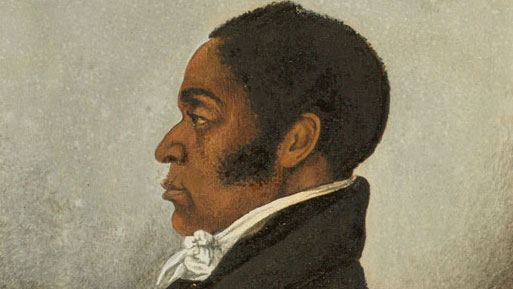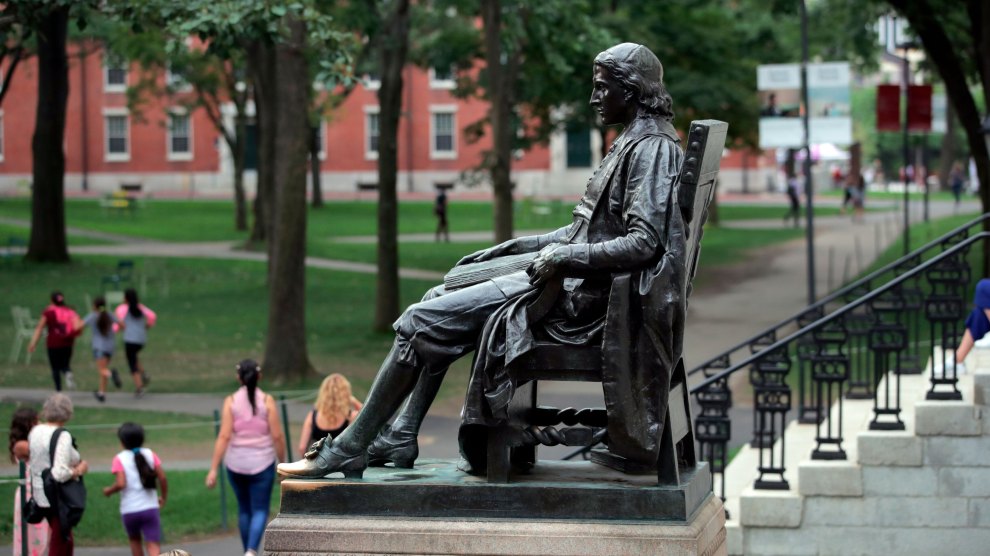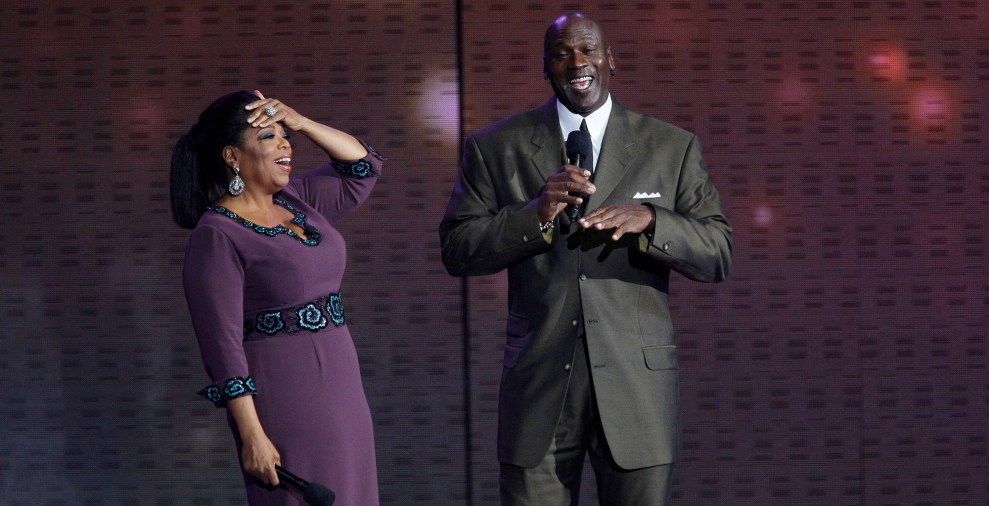
James Forten (1766-1842), cited by Florida policymakers as a Black man who acquired shoemaking skills under slavery, was neither a shoemaker nor a slave, historians say.Historical Society of Pennsylvania via Wikipedia Commons/Public Domain
Florida education officials and the state’s governor, Ron DeSantis, are facing a wave of criticism this week after the Florida Board of Education approved a new set of guidelines for teaching public school students about slavery in America. Among the guidelines is a provision implying that slavery benefitted some Black people because they learned skills while being enslaved.
Middle schoolers, the guidelines read, should be taught about “how slaves developed skills which, in some instances, could be applied for their personal benefit.” As my colleague Arianna Coghill wrote on Thursday, this prompted national outrage. “Our children deserve nothing less than truth, justice, and the equity our ancestors shed blood, sweat, and tears for,” Derrick Johnson, president and CEO of the NAACP, said in a statement. “It is imperative that we understand that the horrors of slavery and Jim Crow were a violation of human rights and represent the darkest period in American history.”
Vice President Kamala Harris characterized the new guidelines as an attempt to “gaslight” students.
Shortly after, Florida education officials William Allen and Frances Presley Rice, members of the group that crafted the standards, released a statement in response to the backlash. “The intent of this particular benchmark clarification is to show that some slaves developed highly specialized trades from which they benefitted. This is factual and well documented,” the pair wrote. “Any attempt to reduce slaves to just victims of oppression fails to recognize their strength, courage and resiliency during a difficult time in American history.”
The statement includes several examples of such historic figures, including blacksmiths, shoemakers, fishing and shipping industry workers, tailors, and ironically enough, teachers. But, it appears these Florida educators didn’t do their homework. As critics were quick to note, many of the “examples” listed in the statement were never slaves, or they launched their respective professions only after gaining their freedom.
The Tampa Bay Times pointed out several examples, including Booker T. Washington, listed in the statement as a teacher. “Washington was enslaved but did not gain his skills until after being freed at age 9,” the paper notes. “He worked in mines and as a houseboy before entering school, according to Tuskegee University, which he founded in 1881.”
Here are some other examples, courtesy of the Times:
• The department listed Henry Blair as a slave who became a blacksmith and an inventor. Biography.com and several other sites state there is no information indicating that Blair was enslaved. He invented a corn planter and a cotton planter, becoming the second Black person to earn a U.S. patent.
• The department referred to Paul Cuffe as a shoemaker and shipowner born into slavery and escaped to freedom in 1781. According to PaulCuffe.org, operated by the Westport Historical Society, Cuffe was born in 1759 to an emancipated slave. Having worked on whaling boats starting at age 14, he established a shipping business in Massachusetts.
• The statement mentioned John Chavis as a fisherman born into slavery, who later was known for his work in teaching. The North Carolina Museum of History states that Chavis was born into a free Black family in North Carolina, fought in the Revolutionary War and became an educator.
In a widely shared Twitter thread on Saturday, Texas A&M statistics PhD student Alexander Coulter debunked additional examples from the list. (Mother Jones has not independently fact-checked their sources.) Take James Forten, a successful Black man whom the policymakers listed as a shoemaker. As Coulter and the Times both point out, historians believe Forten was born free. “The Museum of the American Revolution describes Forten as a Black entrepreneur born to free parents,” according to the Times. “He served on privateer ships during the Revolutionary War and became a wealthy sailmaker.”
It's all gaslighting. They're not even trying. https://t.co/a8blWxJlrC
— Ida Bae Wells (@nhannahjones) July 22, 2023
Overall, by the paper’s count, historians say nearly half of the 16 figures highlighted by the state were never enslaved. As Andrew Spar, president of the Florida Education Association teachers union told the Times, “They just threw out a bunch of names to make it seem like something good came of [slavery]. The reality of it is, the facts don’t back up what they are saying.”

















